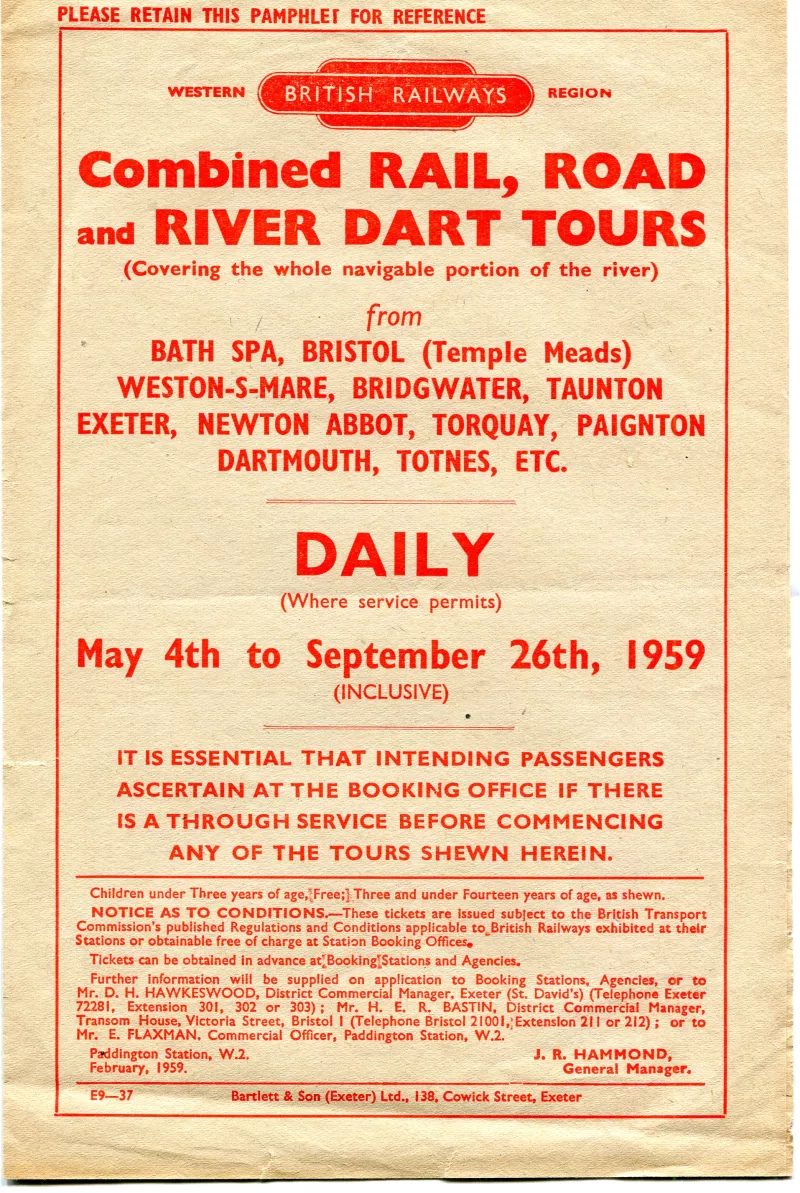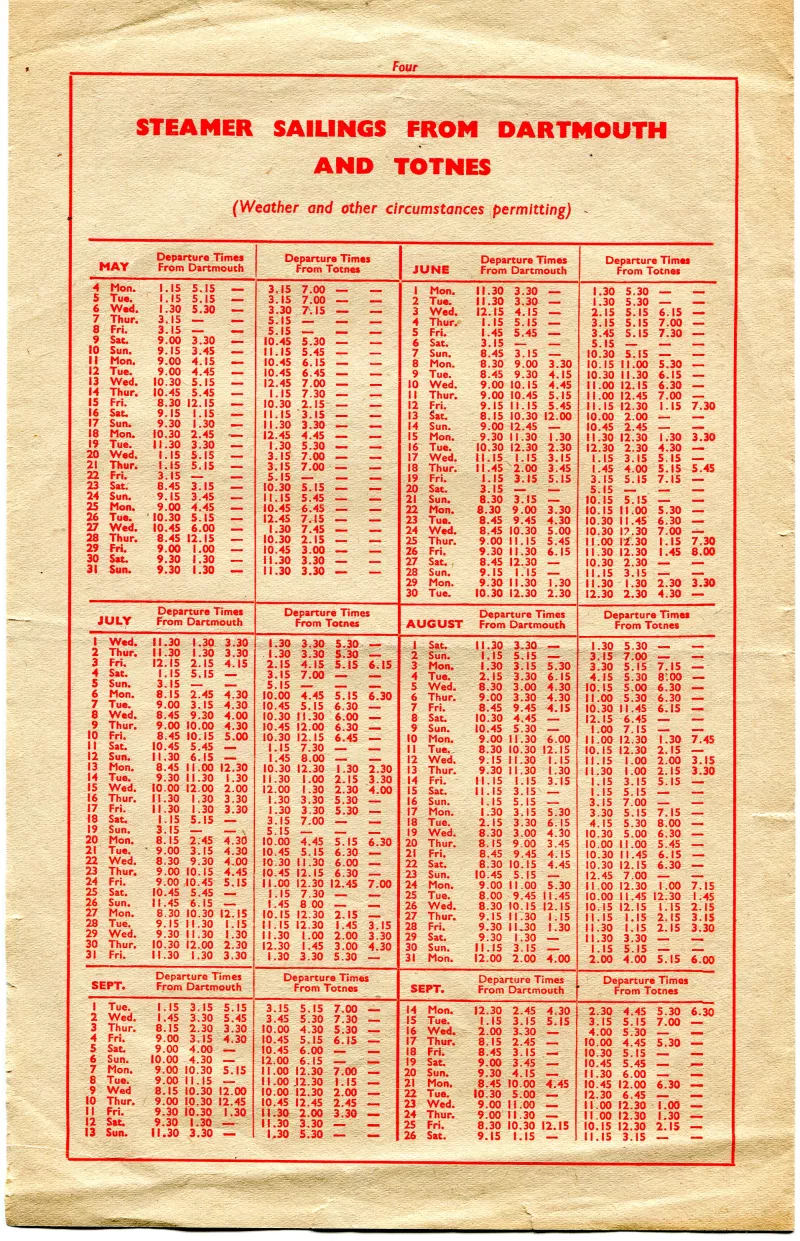Welcome back to Railway 200 Fridays! This month, we take a look at PS Kingswear Castle, the last operating coal-fired river paddle steamer. Built in 1924, her centenary history is paradigmatic of how the railways combined with vessels to extend and complement their reach. Throughout her life, Kingswear Castle, or KC, was consistently working in tandem with rail, directly or indirectly, and this connection continues to this day.
Kingswear Castle was herself a replacement for an older namesake, dating from 1904 and from which her first engine was sourced and was very similar to her two older sister vessels, Compton Castle and Totnes Castle, built in 1914 and 1923 respectively. KC was the last purpose-built paddle steamer for the River Dart, and the sister vessels were the last in a lineage of steamers which operated on the river since the 1850s, with the appearance of the Dartmouth Steam Packet Company in 1856. This was founded primarily to create an extension to the Dartmouth and Torbay Railway, which was established between 1857 and 1864, with the paddle steamers connecting the rail terminus in Kingswear with Dartmouth and Totnes.
By the 1920s, the successor River Dart Steamboat Company had a mixed fleet of paddle steamers and motor vessels and still provided ferry services throughout the Dart. Whilst the First World War had seen little change in the service provided, the Second World War saw Kingswear Castle and her sister vessels being requisitioned by the Armed Forces, with KC being used as a depot ship at Dittisham by the Admiralty between 1939 and 1941, and as a Liberty Ship by the US Navy from then until the end of the war. After that, she returned to her peacetime role.
In the years after the war, cooperation between the paddle steamers and rail service continued as before. In the images below, you can see pamphlets highlighting joint rail, road and River Dart tours, offered by British Railways in 1959. The three sister paddle steamers could each carry over 400 people, running the daily service between Dartmouth and Totnes. The latter was only accessible roughly speaking three hours either side of low water which made the timings for each day necessarily different. There was also a large fluctuation in passenger demand from time to time, with the vessels having to complement each other to respond to tourists brought over by rail.
The 1960s would see the decline of paddle steamer cruising on the Dart, with all three sister vessels ceasing operation for the River Dart Steamboat Company during the decade. Kingswear Castle was the last of the three to be taken out of service in 1965. This was not the end, however, as in 1967 she was purchased by the Paddle Steamer Preservation Society to be returned to operating condition. That process started in earnest in 1971, when KC was moved to the River Medway after a couple of years in the River Medina. It would take until 1985 for the paddle steamer to launch a full sailing programme again.
It would take until 2012, after several successful decades cruising out of Chatham, to return Kingswear Castle to the River Dart, where she is currently based. There, she once again became engaged with rail as she had before, as she became a long term charter vessel for the Dartmouth Steam Railway and River Boat Company. This heritage railway venture was founded in the 1960s to run the Totnes to Buckfastleigh branch railway, and which has ran the Paignton to Kingswear line from 1973 onwards.
Today, they offer joint packages similar to those offered by rail and ferry companies 100 years ago, with Kingswear Castle operating out of Dartmouth and providing river cruises to passengers arriving via the heritage rail line. KC runs these connections Saturdays to Thursdays from mid-June to mid-September, weather and other circumstances permitting. Visit the Dartmouth Steam Railway and River Boat Company’s website for more information.
Until next time, where we will look further north!


